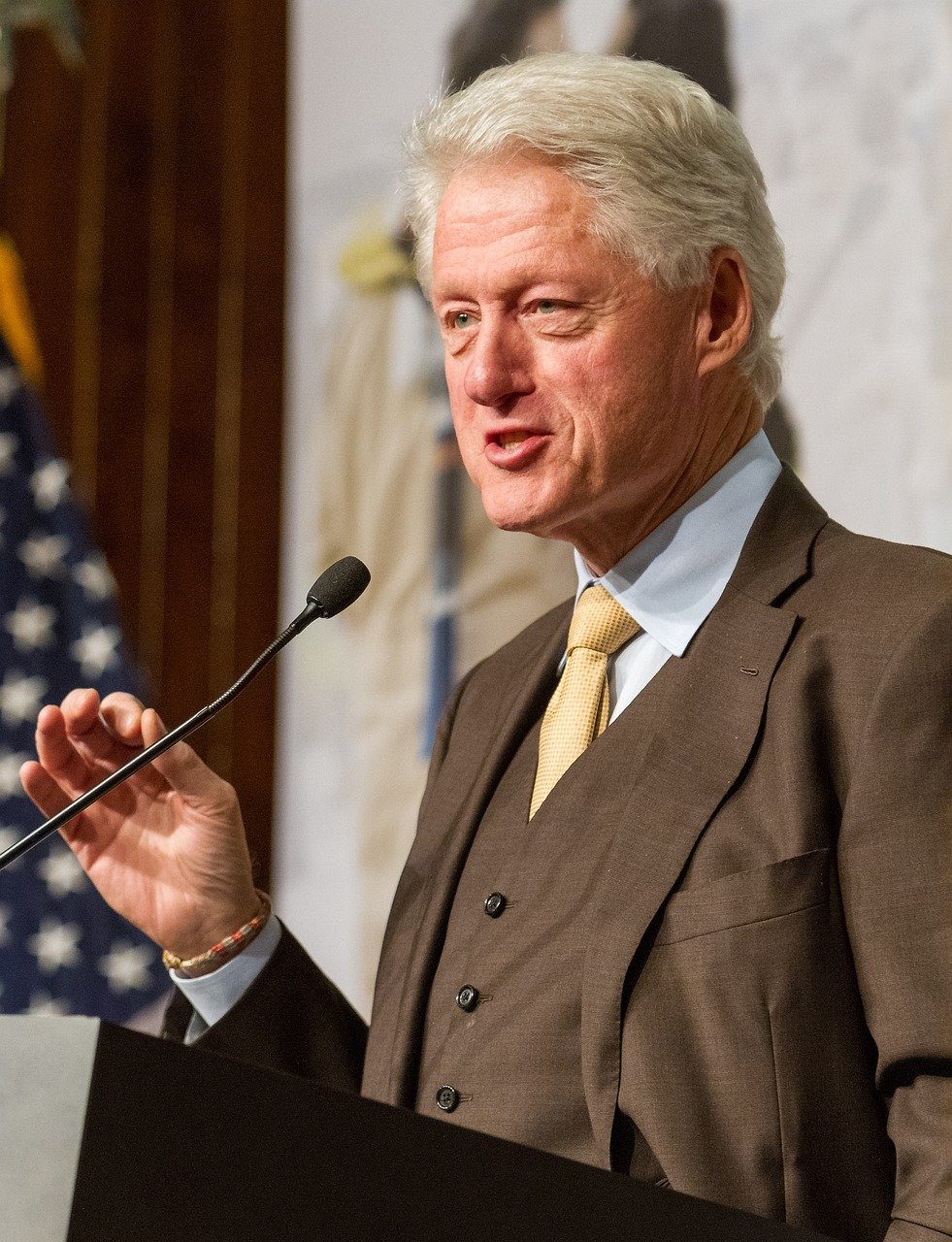Google Maps has officially changed the name of the Gulf of Mexico to the Gulf of America for users in the United States. This change came after an executive order signed by US President Donald Trump. Google follows a policy of updating names when they are changed by official government sources.
For users in the US, the map will be now showing Gulf of America and no longer Gulf of Mexico. However, users in Mexico will see the original name. People in other countries will see both names, depending on their location and settings.
This change has generated a lot of discussion, as the Gulf of Mexico has been its official name for centuries. Some people support the change, saying it reflects American influence in the region, while others believe the original name should remain.
Another Major Name Change on the Way
Google further said that it would change Denali back to Mount McKinley due to another executive order issued by President Trump.
In 2015, President Barack Obama also renamed this mountain to Denali to honor the Indigenous people in the area. The term Denali originated from a Native Alaskan word that literally translates to “The High One”, widely used by local communities for generations.
However, the recent order from Trump declares that the mountain should be called again Mount McKinley, as it had been named for over 100 years. The mountain was originally named after William McKinley, the 25th president of the United States, who was assassinated in 1901.
Despite the order, as of Tuesday, Google Maps has not yet updated the name of Denali to Mount McKinley. This means users searching for the landmark will still see the name Denali, at least for now.
Why These Name Changes?
President Trump’s executive order explains that these changes are meant to “honor American greatness.” The order argues that renaming Mount McKinley to Denali was “disrespectful” to President McKinley and his legacy.
The order underscores that McKinley was an ardent tariff advocate which made the US economy prosper at the time. It further notes that he was assassinated; this time referring to it as “an attack on our nation’s values and success.” Through this move, his administration is, in fact, paying homage to his great success by putting back his name to the mountain.
The renaming of the Gulf of Mexico to Gulf of America follows the same concept. Proponents argue that it emphasizes American identity and relates to the role of the country in trade, security, and history in the area. Others claim that the old name should remain because of its historical and cultural importance.
Government Agencies Start to Update
The US Federal Aviation Administration has declared that it is updating its official maps and charts to indicate the new names. Within the future, pilots, travelers, and the government will use the term Gulf of America instead of Gulf of Mexico on the official aviation charts.
The US Coast Guard, in charge of the patrolling of American waters, has also adopted the use of the Gulf of America name in its reports and public notices. The change is likely to reflect in the nautical charts, government documents, and maps that businesses, travelers, and the military use.
These changes have caused mixed reactions. Proponents of the move argue that it is a patriotic act because it makes sense to the American leadership and history. They argue that the renaming of landmarks can help in the strengthening of national identity and in honoring past leaders responsible for the country’s success.
However, critics argue that these name changes are unnecessary and could create confusion. Some say that the name Gulf of Mexico is an important part of history and should not be changed for political reasons. Others believe that Denali’s name should remain, as it respects Indigenous cultures and their traditions.
A big part of being a historian is that many researchers and geographers point out geographical names carry really deep cultural and historical significance; changing them incites debates into who gets to decide how such landmarks are to be named or remembered.
What is Next?
As more government agencies begin using the new names, it is likely that businesses, schools, and map services will also update their materials. If Google follows through with its plans, the name change for Mount McKinley could appear soon on Google Maps, just like the Gulf of America update.
These changes will only reveal their impact in the long run as people become accustomed to the new names. Whether the new names will gain acceptance is left to be seen.



